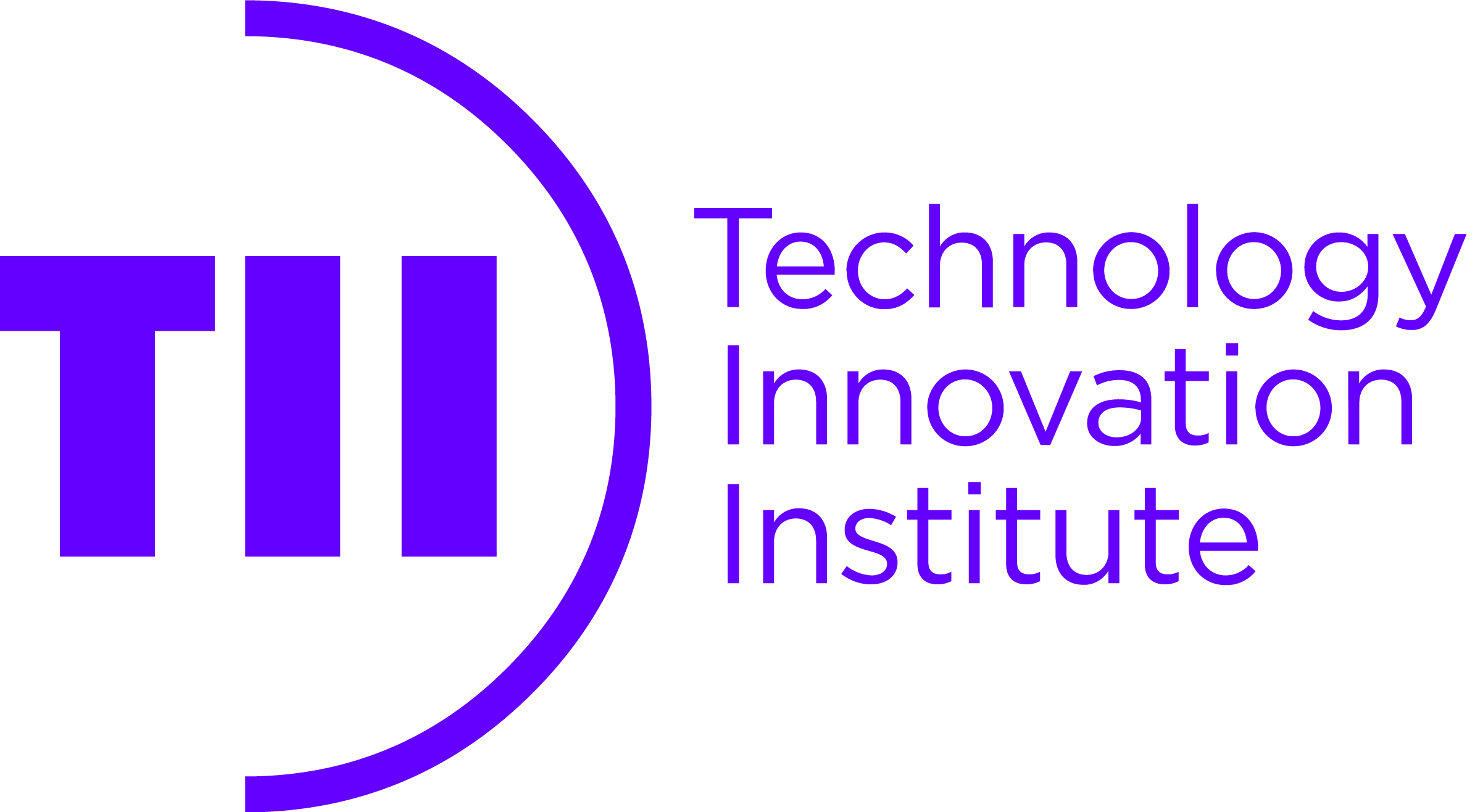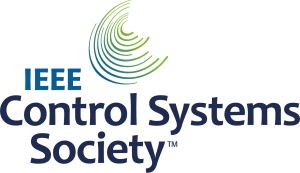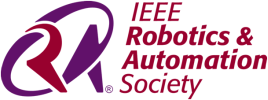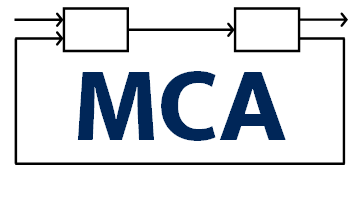Travel to Dubrovnik
By Plane:
Dubrovnik airport (IATA: DBV) (ICAO: LDDU) is located about 20 km to the south of the city.
The Platanus shuttle bus operates between the airport and Port Gruz with a stop in the Old Town (55 HRK).
Croatia Airlines operates buses between the airport and the main bus station in Kantafig (35 HRK, 45 min), which is 2.5 km northwest of the Old Town. This service meets Croatian Airlines flights.
Going to the airport by bus, aim at the bus that leaves the main bus station 2 hours before each international flight, and costs 35 HRK. Departure times are also displayed in the tourist information office at Pile Gate.
Taxis from the airport to the center cost around 320 HRK.
By Car:
The fastest way of getting to Dubrovnik by car from anywhere within Croatia is via motorway A1.
The trip along the coastal road (Jadranska magistrala or D8) is a beautiful scenic journey through small, quaint villages and other tourist destinations, however, in summer months the trip is likely to take longer than anticipated.
By Bus:
The main bus station is in Kantafig, near Port Gruz and the Tudjman bridge, 2.5 km northwest of the Old Town. Local bus no. 7 operates between this station and Babin kuk, and bus 1 serves Old Town. Direct buses run to/from Zagreb (205-234 HRK, 11 h, 7 daily), Rijeka (400 HRK, 12 h, 3 daily), Split (100-150 HRK, 4.5 h, 14 daily), Zadar (200 HRK, 8 h, 7 daily). Be advised, bus rides take you across the Bosnia and Herzegovina border in Neum.
By Boat:
Many cruise ships come to this port of call, typically docking at the Port of Dubrovnik (Port Gruz) across from the main bus station, 2.5 km northwest of the Old town. There are regular Boat lines connecting Dubrovnik with Rijeka and Bari (Italy).
Local transportation
The local city and suburban transportation is handled by bus operator Libertas.
Please note: there is no train, tram, or metro (underground).
Taxis are available in multiple locations – close to Pile Gate, the main bus station and the port – as well as Uber.
For panoramic views, there is also a Dubrovnik Cable Car to take you to the top of Srđ Hill (alt. 405 m).
Language and currency
The official and national language of Croatia is Croatian. It is written in Latin alphabet. Many Croatians also speak other languages, with English, German and Italian being the most popular second languages.
Croatia uses Croatian Kuna (HRK) – not Euro, yet(!) – as currency. (Croatia is expected to join the Eurozone in 2023.) One “kuna” is made of 100 “lipa”.
Electricity, plugs and sockets
Electrical supply is 230 V, 50 Hz AC. Croatia uses the standard European (round-pronged) plugs and power sockets. In technical terms, sockets are “type C” or “type F” (also known as “Schuko”), and they work with corresponding plugs (type C, E, F). Pictures may be found at: https://www.power-plugs-sockets.com/croatia/
Tax free shopping
If you have a permanent non-EU residence and are planning to do some shopping during your stay in Croatia, you may be interested to learn some tips and guidelines for tax free shopping.
Visa requirements
Citizens of some countries need an entry visa for Croatia. For more information, check out the visa information page.





